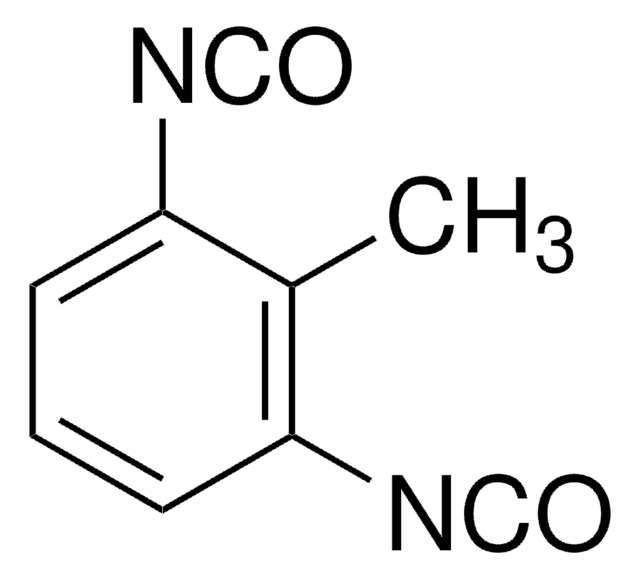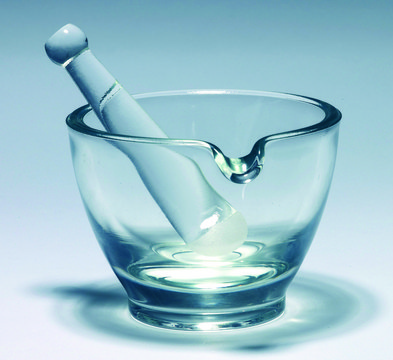1.11714
3-(4,5-Dimethyl-2-thiazolyl)-2,5-diphenyl-2H-tetrazolium bromide
for biochemistry
Synonym(s):
3-(4,5-Dimethyl-2-thiazolyl)-2,5-diphenyl-2H-tetrazolium bromide, Thiazolyl blue, MTT
Select a Size
About This Item
Recommended Products
Quality Level
form
solid
mp
195 °C
solubility
10 g/L
storage temp.
2-30°C
SMILES string
[s]1c(nc(c1C)C)[n]2[n+](nc(n2)c4ccccc4)c3ccccc3.[Br-]
InChI
1S/C18H16N5S.BrH/c1-13-14(2)24-18(19-13)23-21-17(15-9-5-3-6-10-15)20-22(23)16-11-7-4-8-12-16;/h3-12H,1-2H3;1H/q+1;/p-1
InChI key
AZKSAVLVSZKNRD-UHFFFAOYSA-M
1 of 4
This Item | SLW718242 | SLW718342 | SLW718234 |
|---|---|---|---|
| manufacturer/tradename 718247, SciLabware | manufacturer/tradename 718242, SciLabware | manufacturer/tradename 718342, SciLabware | manufacturer/tradename 718234, SciLabware |
| capacity 300 mL | capacity 120 mL | capacity - | capacity 100 mL |
| H 90 mm | H 75 mm | H - | H 60 mm |
| O.D. 120 mm | O.D. 100 mm | O.D. - | O.D. 80 mm |
Application
<li><strong>Anal Biochem, 2017</strong>: Comparison of MTT and Neutral Red assays to assess cell viability in the presence of copper compounds, highlighting the versatility and sensitivity of the MTT assay in cytotoxicity testing (Gomez Perez et al., 2017).</li>
<li><strong>Indian J Pharmacol, 2016</strong>: Evaluation of the cytotoxic potential of various Indian fruit peels on liver cancer cells (HepG2) using MTT assay, providing insights into natural product research and potential anticancer properties (Garg et al., 2016).</li>
<li><strong>ACS Appl Mater Interfaces, 2015</strong>: Application in the real-time evaluation of live cancer cells, combining surface plasmon resonance and electrochemical methodologies with MTT assays for enhanced accuracy in viability testing (Wu et al., 2015).</li>
</ul>
Analysis Note
Identity (IR-spectrum): passes test
Spec. Absorptivity A 1%/1cm (242 nm; 0.001 %; 1 cm; methanol): 480 - 530
Heavy metals (as Pb): ≤ 0.001 %
Sulfated ash: ≤ 0.5 %
Signal Word
Warning
Hazard Statements
Precautionary Statements
Hazard Classifications
Eye Irrit. 2 - Muta. 2 - Skin Irrit. 2 - STOT SE 3
Target Organs
Respiratory system
Storage Class Code
11 - Combustible Solids
WGK
WGK 3
Flash Point(F)
Not applicable
Flash Point(C)
Not applicable
Certificates of Analysis (COA)
Search for Certificates of Analysis (COA) by entering the products Lot/Batch Number. Lot and Batch Numbers can be found on a product’s label following the words ‘Lot’ or ‘Batch’.
Need A Sample COA?
This is a sample Certificate of Analysis (COA) and may not represent a recently manufactured lot of this specific product.
Already Own This Product?
Find documentation for the products that you have recently purchased in the Document Library.
Customers Also Viewed
Our team of scientists has experience in all areas of research including Life Science, Material Science, Chemical Synthesis, Chromatography, Analytical and many others.
Contact Technical Service

















